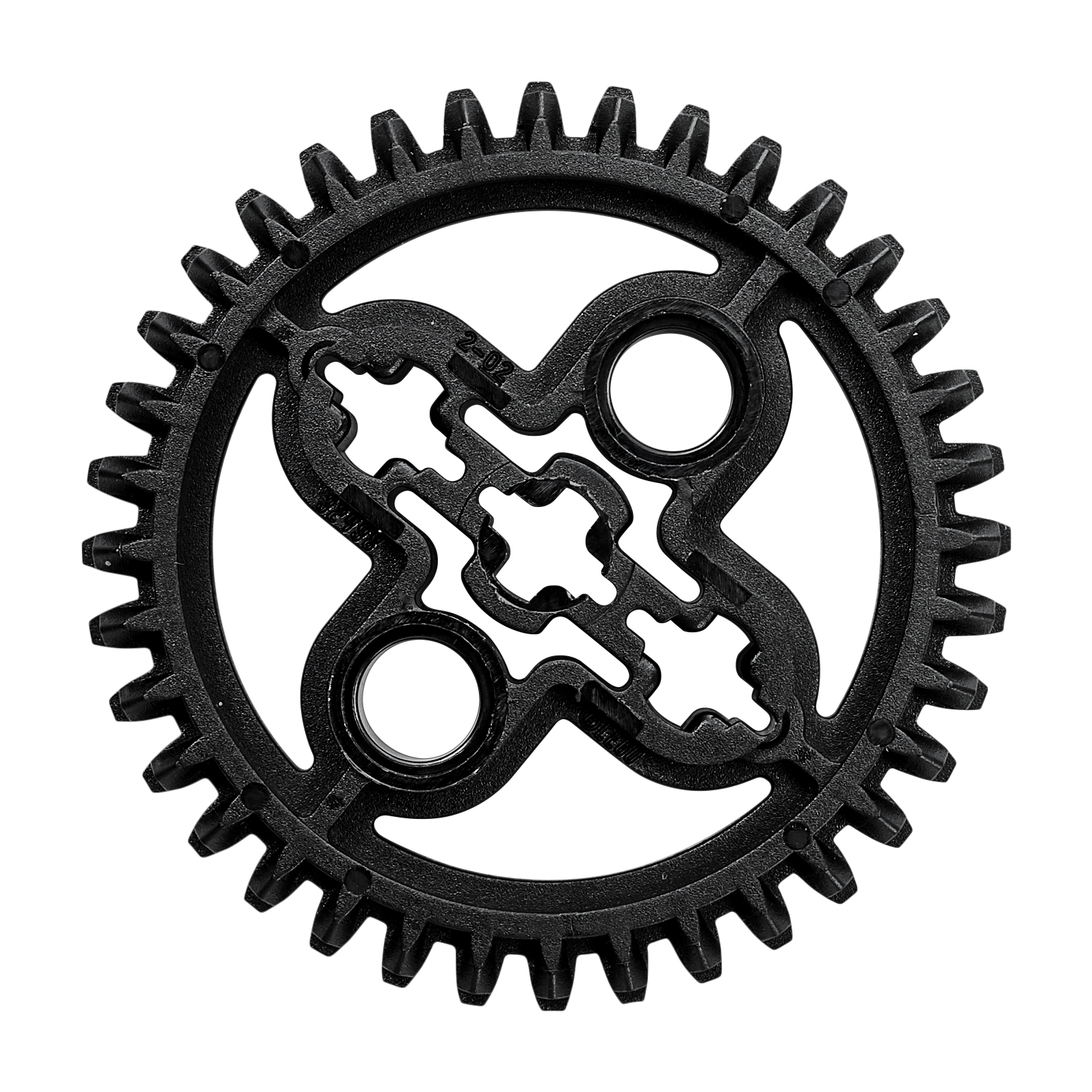Inspiring Students To Think And Act Like Engineers
Educators overwhelmingly wish for their students to gain essential, future-proof practices and skills - how to think critically, be creative, work effectively with others, and believe in themselves.
Hi! My name is Sara Willner-Giwerc and I’m a PhD candidate at Tufts University Center for Engineering Education and Outreach (CEEO), where I work with a team of amazing researchers to design tools and experiences for the teaching and learning of engineering. During my time at Tufts CEEO, I’ve worked with (and learned from) teachers and students about ways to lower barriers to entry for bringing hands-on engineering education into the classroom.
One of my favorite questions to ask teachers is:
"If you ran into a former student of yours on the street, and they said ’Thank you so much, your class taught me X,’ what would you want X to be?”
I’ve noticed that no matter where in the world I am or what kind of teacher I’m asking, the responses all fall along the same theme. More than facts, educators overwhelmingly wish for their students to gain essential, future-proof practices and skills - how to think critically, be creative, work effectively with others, and believe in themselves.
Motivated by this finding, I wanted to design classroom resources that would help teachers engage their students in these practices - and help them teach their students how to think and act like engineers. I focused on designing a new kind of support tool for robotics activities that would encourage students to create their own solution to an engineering design challenge.
My hypothesis was that when students are supported in creating their own unique robotic solutions to an engineering challenge, they will engage more in engineering practices and 21st century skills such as collaboration and creative thinking.
I worked closely with fellow researchers at Tufts CEEO to create placemat instructions, an alternative format for STEAM activity instructions designed to inspire a diverse set of student solutions to an engineering problem.
After more than three years of testing and iterating on placemat instructions, my research has revealed that placemat instructions support students in engaging in three main engineering practices: collaboration, iteration, and coping with uncertainty. Teachers who have used placemat instructions with their students shared the following examples of how their students were supported in engaging in each of these practices:
- Collaborating with each other
- A STEAM Educator from northern NH shared: “There was this one time where one student’s idea was inspired by another student’s idea... that was great because...he was feeling a little stuck. He was iterating on this first project and just couldn’t get it the way he wanted it. And then...he was inspired by other student projects because they were all different. He took some ideas from a few different ones and [the other students] all helped him, and then he was off...”
- Iterating on their ideas
- A STEAM Educator from northern NH shared: “I think we saw a lot of iteration, to the point where some of the kids...on our last day...they get a break. It’s a two hour block and they...go outside for 10 minutes and [instead] they were like, ‘We need to [stay and] keep working on this!’”
- Coping with the stress and uncertainty present in the engineering design process:
- A middle school science teacher from Massachusetts shared: “I felt like that if they hadn’t had those placemats the anxiety level would have been a lot higher...I mean, that was an unusual class because I had two kids out of my 12 with diagnosed anxiety disorders...I think if it had just been an open-ended without the placemat I think they would have found it a lot more stressful.”
Do those sound like benefits that would support learning in your classroom? If so, stay with us through the series! I’m excited to share more about placemat instructions and how you can use them in your classroom.

Leave a Comment